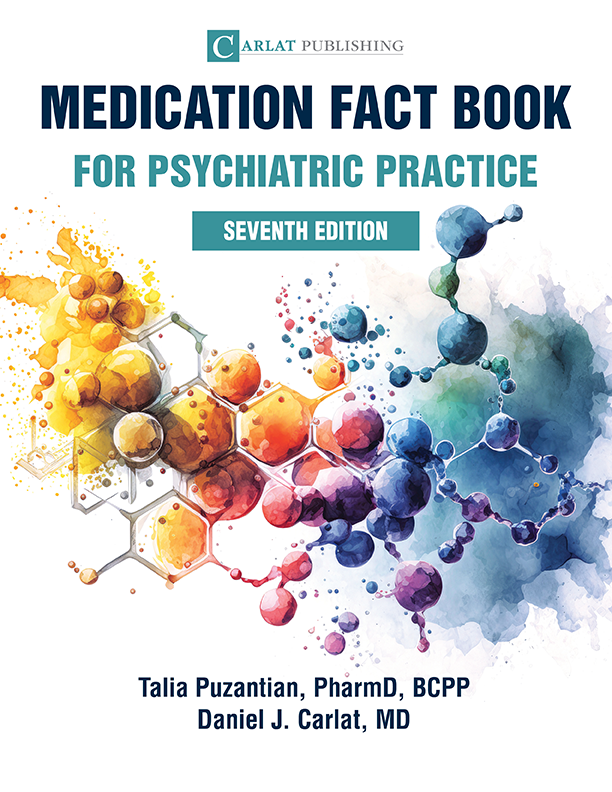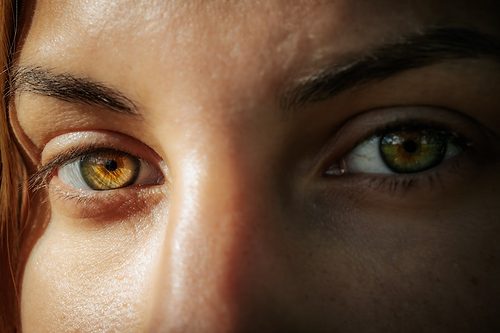General Psychiatry
EMSAM: A User-Friendly MAOI?
Shalom Feinberg, MD
Associate Clinical Professor of Psychiatry, Albert Einstein College of Medicine and private practice, Queens, New York
Dr. Feinberg has disclosed that he has no financial interests in any commercial companies pertaining to this educational activity.
Read More
Reflections on the Use of MAOIs
Jonathan Cole, MD
Professor of Psychiatry, Harvard Medical School, Senior Consultant, McLean Hospital
Dr. Cole has disclosed that he has no consultant, speaking, or grant support relationships with any commercial companies pertaining to this educational activity. He has disclosed that he owns stock in both Pfizer and Bristol-Myers Squibb. Dr. Cole has disclosed that psychostimulants and oral selegiline have not been approved by the U.S. Food and Drug Administration for use in the treatment of depression. Please consult product labeling for the approved uses. Dr. Carlat has reviewed the content of the interview and has determined that there is no commercial bias present.
Read More

_-The-Breakthrough-Antipsychotic-That-Could-Change-Everything.jpg?1729528747)



